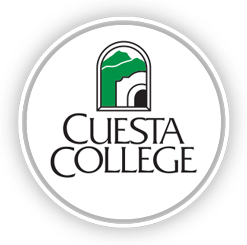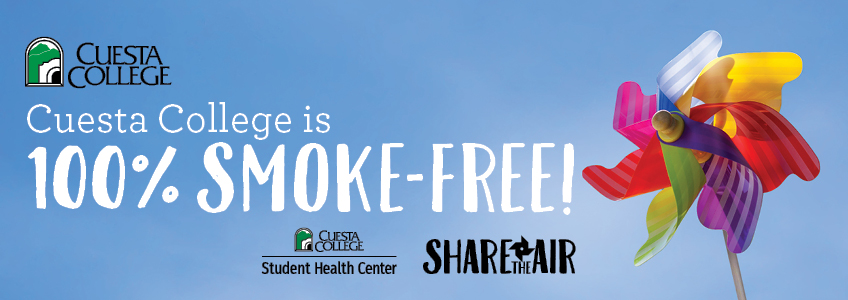
Smoke, Vape, & Tobacco Free
Why did we choose to go tobacco free?
Beginning January 1, 2019, Cuesta College officially became a smoke and tobacco-free District.
“Tobacco use – of all types – is bad for the user, those around them, and our environment; banning smoking at Cuesta College aligns with the college’s goal to promote the health and wellbeing of our students, faculty, and staff,” said Cherie Moore, Cuesta College Nutrition Instructor and task force member.
The process to become tobacco-free began in 2016 when Cuesta College was awarded a $7,500 Tobacco-Free Campus Grant funded by Truth Initiative®, America’s largest non-profit health organization dedicated to eliminating the use of tobacco. The Tobacco-Free Task Force – comprised of faculty, staff, and students – was launched and began researching and discussing best practices and potential policies.
Cuesta was awarded an A+ for the College and University Smoke/Tobacco-Free Report Card by CYAN and COUGH. The purpose of the Report is to reveal tobacco use policy trends on campuses in California. Read more about it here.
*California Youth Advocacy Network. (2020). California College and University Smoke/Tobacco-Free Policy Report Card. Sacramento, CA.
Decreasing Exposure to Secondhand Smoke
- Exposure to secondhand smoke is the third leading cause of preventable death in the United States, killing more than 50,000 nonsmokers each year.
- The EPA classifies second hand smoke as a Group A carcinogen- cancer causing substance. Group A is the most dangerous.
- The California Air Resources Board has categorized secondhand smoke as a toxic air contaminant, in the same category as diesel exhaust.
- Most recently, the Surgeon General of the United States concluded that there is no safe level of exposure to secondhand tobacco smoke, and that establishing smoke-free environments is the only proven way to prevent exposure.
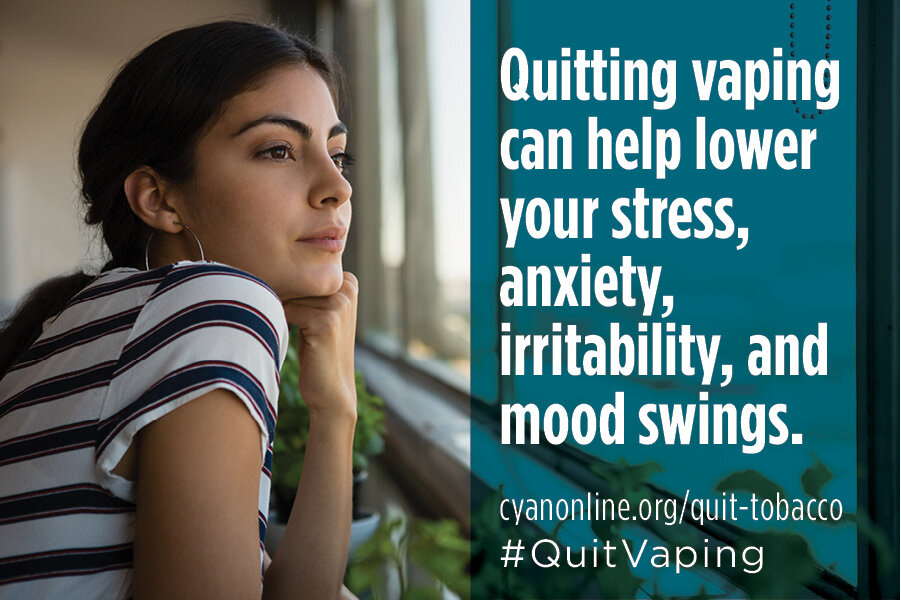 Protecting Workers Not Protected by State Law
Protecting Workers Not Protected by State Law
More than 90 percent of Californians approve of a law to protect workers from secondhand smoke exposure in the workplace. Yet people who work on campus are still unprotected from secondhand smoke throughout the day.
Eliminating Tobacco Litter on Campus
- Cigarette waste is poisonous to our environment. The filter of a cigarette is designed to trap the toxic chemicals in the tobacco smoke from entering into the smoker’s body. The filter, when wet, releases the thousands of toxic chemicals back into the environment. These filters and chemicals are washed into waterways by storm water runoff.
- Cigarette butts are plastic, and not biodegradable.
- By eliminating tobacco litter, colleges decrease the cost and time of cleaning up tobacco litter, increase campus beautification, and decrease fire risk on campus.
Changing Tobacco Use Behavior
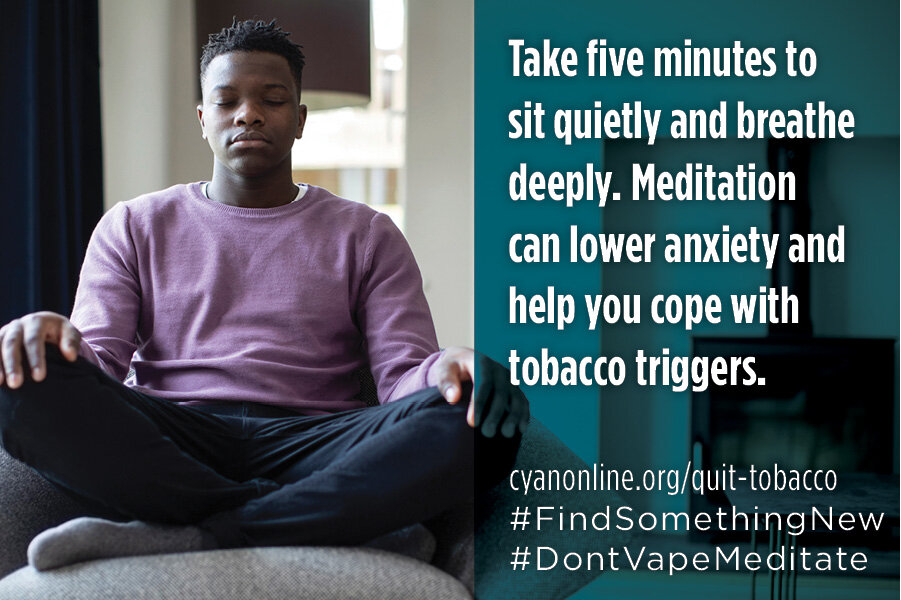
Encouraging Students Not to Start Smoking
- During the last 20 years, this pattern of new addiction has been changing. A recent study found one-fifth of smokers reported starting after the age of 18. Among individuals who started using tobacco before 18, regular or daily smoking was not established until the ages of 20 or 21.
- Internal tobacco industry documents support this belief and argue the transition from experimentation to a “confirmed” smoker can occur up to the age of 25. The college years have been identified as a time of increased risk for smoking initiation and transition into regular tobacco use.
- As students graduate, they will be transitioning into tobacco-free environments. In California, the majority of hospitals and K-12 campuses are 100 percent smoke free or tobacco free.
- Nationwide, worksites, college campuses, health care centers and outdoor recreational facilities are adopting comprehensive tobacco use policies.
Vaping Myths & Realities
you’re inhaling.
Free Help Quitting:
1-844-8-NOVAPE www.novapes.org
Benefits of Cessation Over Time
This animated infographic shows the positive changes the body experiences over time after quitting smoking.
Taken from: Centers for Disease Control and Prevention (CDC)
FAQ:
Visit our Health Center Resources Page: Quit smoking or stop by the Student Health Center for more information.
San Luis Obispo: Building: 3100 Room:
3150 Phone: (805) 546-3171
Paso Robles: Building: 1000 Room:
1013 Phone: (805) 546-3171
Email: studenthealthcenter@cuesta.edu
You can also click here to visit the SLO County- Health Agency Tobacco Control Program site.
Email: tobaccofree@co.slo.ca.us
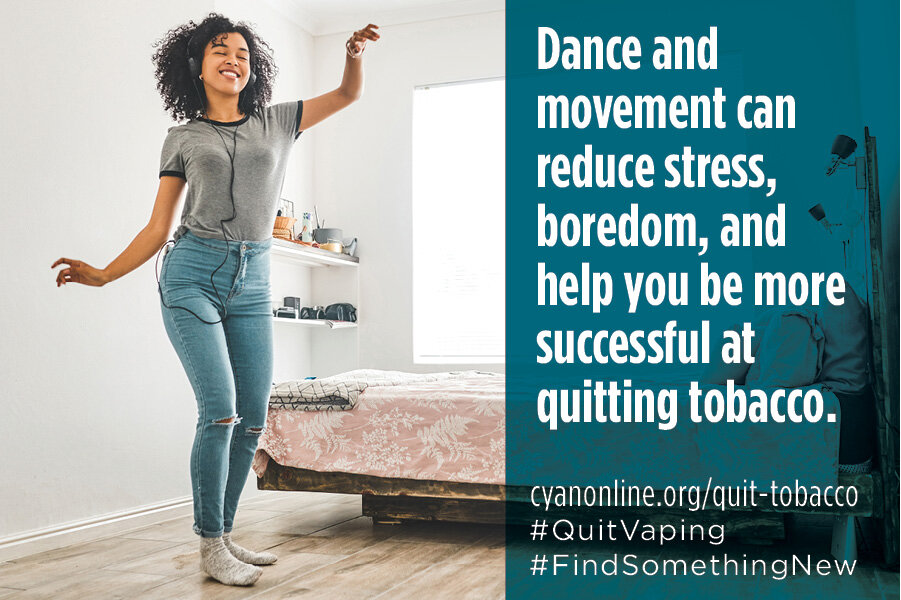
Smoking refers to inhaling, exhaling, burning, or carrying any lighted or heated cigar, cigarette, cigarillo, pipe, or other tobacco or plant product intended for human inhalation. This includes hookahs and marijuana, whether natural or synthetic, in any form. Smoking also encompasses the use of electronic smoking devices that create aerosols or vapors and any oral smoking devices designed to circumvent smoking prohibitions.
Electronic Smoking Device means any product that delivers an inhaled dose of nicotine or other substances through vapor or aerosol, simulating smoking.
Hookah refers to a water pipe and associated products or devices used to produce fumes, smoke, or vapor from burning materials such as tobacco, shisha, or other plant matter.
Tobacco Product includes:
(a) Any product containing, made from, or derived from tobacco or nicotine for human
consumption, whether smoked, heated, chewed, absorbed, dissolved, inhaled, snorted,
sniffed, or ingested. Examples include cigarettes, cigars, little cigars, chewing
tobacco, pipe tobacco, and snuff.
(b) Any electronic device that delivers nicotine or other substances through inhalation,
such as electronic cigarettes, cigars, pipes, or hookahs.
(c) Any component, part, or accessory of a tobacco product, whether or not sold separately.
Tobacco products do not include FDA-approved tobacco cessation or therapeutic products that are marketed and sold exclusively for such purposes.
Smoke, Vapor, and Tobacco-Free means smoking, the use of tobacco products, and the use of electronic smoking devices are strictly prohibited.
E-cigarettes are not approved by the U.S. Food and Drug Administration as a tobacco cessation strategy. As an unregulated nicotine product, their use is prohibited on University property for the purposes of this policy. However, other forms of approved nicotine replacement therapy, such as gum and patches are allowed. “Unregulated high-tech smoking devices, commonly referred to as electronic cigarettes, or E-cigarettes,' closely resemble and purposefully mimic the act of smoking by having users inhale vaporized liquid nicotine created by heat through an electronic ignition system. After testing a number of E-cigarettes from two leading manufacturers, the Food and Drug Administration (FDA) determined that various samples tested contained not only nicotine but also detectable levels of known carcinogens and toxic chemicals, including tobacco-specific nitrosamines and diethylene glycol, a toxic chemical used in antifreeze. The FDA‘s testing also suggested that ―quality control processes used to manufacture these products are inconsistent or non-existent. ("Summary of results: laboratory analysis of electronic cigarettes conducted by FDA," Food and Drug Administration (FDA), July 22, 2009. Click here for more information.
This policy applies to students, staff, faculty, visitors, and vendors. The smoke, vapor, and tobacco-free policy applies to all Cuesta community, San Luis Obispo, Paso Robles facilities, properties, and vehicles.
No, smoking and the use of tobacco products including electronic cigarettes are not allowed anywhere on campus property.
The adoption of a 100% smoke, vapor, and tobacco-free policy promotes the health and well‐being of everyone on campus, including employees. Currently, individuals who work in outdoor areas are not provided with the same level of protection to secondhand smoke as those working indoors. A 100% smoke, vapor, and tobacco-free policy provides equal protection to everyone on campus. Additionally, the policy may encourage people who smoke to quit using tobacco and will support those individuals who have quit using tobacco.
A recent study published by researchers at the California Department of Public Health (CDPH) found that, just as in cigarettes, vape E-liquids and aerosols contain many cancer-causing heavy metals. While the actual heavy metals differ between cigarettes and vapes, each significantly increases the users’ overall cancer risk. Learn more...
Free online and telephone counseling for tobacco cessation is widely available in the United States. Online and telephone counseling has been shown to be effective in helping people quit tobacco. Click here for resources.
You can also click here to visit the SLO County- Health Agency Tobacco Control Program site.
Email: tobaccofree@co.slo.ca.us
The California Department of Public Health, doctors, and health professionals recommend quitting all tobacco use because:
Smoking doubles your risk of developing respiratory infections.
Smoking doubles your risk of getting sicker from COVID-19.
Youth and young adult vaping is associated with 5-7 times greater risk of testing
positive for COVID-19.
Learn the facts about COVID-19 and smoking and vaping from Dr. Elisa Tong of UC Davis here.
Free Help Quitting:
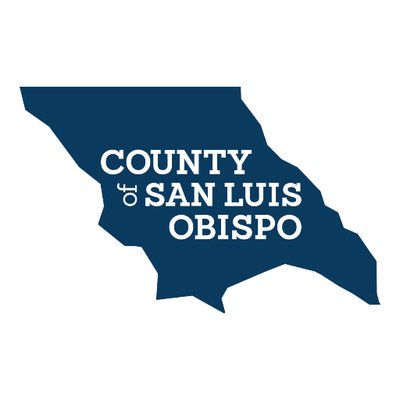 |
The Tobacco Control Program provides community education, prevention services, and
technical assistance to government agencies, community-based organizations, law enforcement,
businesses, and residents of San Luis Obispo County. Click here for more information. |
|
 |
KickIT California : A website, telephone helpline, and app created for teens to #quitvaping. https://kickitca.org/quit-smoking Make Online Referrals to the Helpline and Helpline staff will follow up with patients. |
|
 |
TRUTH.COM : The app has activities to help you quit vaping or using other tobacco products. You can also speak with a counselor 24/7. www.thetruth.com |
|
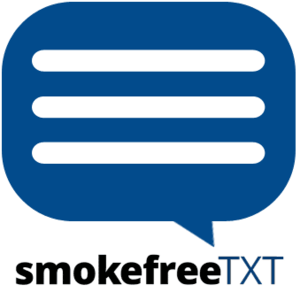 |
quitSTART: A resource for teens that offers advice, quit support, and motivation to remain nicotine and tobacco free. https://teen.smokefree.gov/become-smokefree/quitstart-app |
|
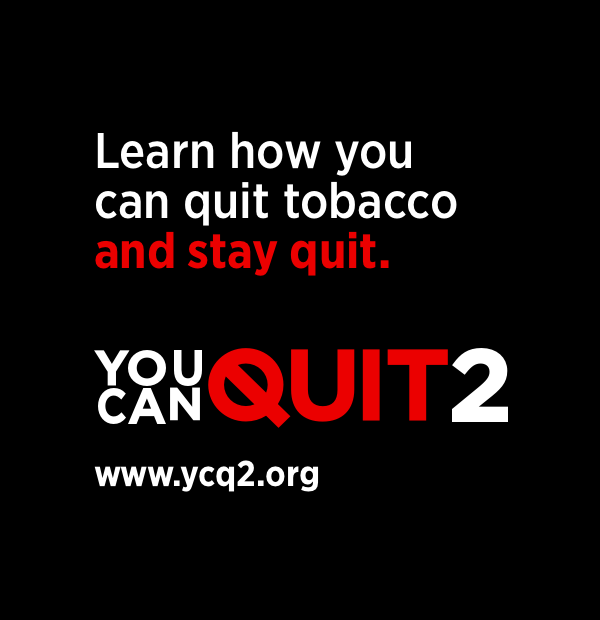 |
YouCanQuit2: A Department of Defense (DOD) program, is an educational campaign for the U.S. military. The site supports the DOD’s efforts to build and sustain a ready and resilient force by providing resources for Service members, as well as their family and friends and health professionals. The website offers a live chat line with a tobacco cessation coach, a message board, information about medications, games and quizzes. Military Crisis Line Dial 988 then PRESS 1 TEXT 838255 |
More info, please visit: https://www.cyanonline.org/quit-tobacco
